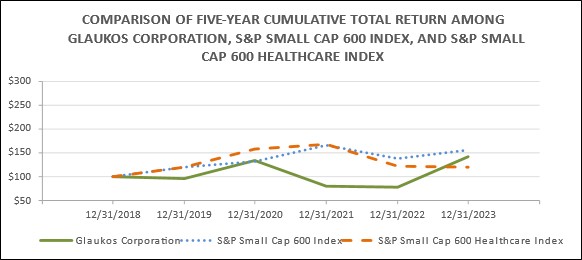employees, including our senior management, are not subject to non-competition agreements. Accordingly, the adverse effect of losing key personnel could be compounded by our inability to prevent them from competing with us.
We have and may continue to enter into acquisitions, collaborations, in-licensing agreements, joint ventures, alliances or partnerships with third parties that could fail.
We have and may continue to enter into acquisitions, collaborations, in-licensing agreements, joint ventures and partnerships in order to retain our competitive position within the marketplace, develop new products or expand into new markets. Examples include our acquisitions of DOSE Medical and Avedro, as well as our licensing of Santen’s PRESERFLO® Microshunt® (Preserflo MicroShunt), the Intratus drug delivery platform and the Attillaps, iVeena and Stuart pharmaceutical compounds and our collaboration agreement with Radius XR to market its wearable patient engagement and diagnostic system. However, we cannot assure you that we will be able to successfully complete any future acquisition we may pursue, or that we will be able to successfully integrate any acquired business, product or technology in a cost-effective and non-disruptive manner. Our future successes will depend, in part, on our ability to manage an expanded business, which may pose substantial challenges for our management, such as increased costs and complexity. There can be no assurances that we will be successful in managing such expanded business or that we will realize the expected economies of scale, synergies and other benefits currently anticipated from recent or future acquisitions or strategic transactions. Additionally, these collaborations, joint ventures, and partnerships may fail to result in any commercialized product, including due to delays in or failures to obtain regulatory approvals, such as the failure to receive approval of the PreserFlo MicroShunt in the U.S., and could require us to invest a substantial amount of resources only to ultimately change regulatory strategies or to fail. In addition, these arrangements may be terminated before we are able to realize net sales to sufficiently cover the costs associated therewith, which could materially impact our business. We cannot assure you that any such transaction would result in the benefits expected from the transaction, including revenue growth, increased profitability or an enhancement in our business prospects. Further, pursuing acquisitions, collaborations, in-licensing agreements, joint ventures, alliances or partnerships with third parties, whether or not completed, is costly and time-consuming and could distract Company management from the operation of the business, which could negatively impact our operating results.
Failure to protect our information systems against cybersecurity threats, cybersecurity incidents, service interruptions, or data corruption could materially disrupt our operations and adversely affect our business, operating results, or the effectiveness of our internal controls over financial reporting.
The efficient operation of our global business depends on our information systems, including telecommunications, the internet, network communications, email and various computer hardware and software applications. We rely on our information systems to effectively manage sales and marketing data, accounting and financial functions, inventory management, product development tasks, clinical data, quality systems, customer service and technical support functions. Our information systems are vulnerable to damage or interruption from earthquakes, fires, floods and other natural disasters, terrorist attacks, power losses, computer system or data network failures, data corruption and security breaches or other cybersecurity incidents, some of which we have experienced and which we continue to monitor. Cybersecurity incidents can include ransomware, computer denial-of-service attacks, worms, and other malicious software programs introduced to our computers and networks, including intrusions that are designed to evade detection for an extended period of time, phishing attacks, social engineering attacks, and efforts to discover and exploit any design flaws, bugs, security vulnerabilities or weaknesses, as well as intentional or unintentional acts by employees or other insiders with access privileges, intentional acts of vandalism or fraud by third parties and sabotage. Additionally, cybersecurity threats and the techniques used in cyberattacks change, develop and evolve rapidly, including from emerging technologies, such as advanced forms of AI and quantum computing. While none of the cybersecurity incidents or service interruptions that we have experienced to date have had a material adverse impact on our business, financial condition or operations, the preventative measures we have implemented to date may not be sufficient to prevent, mitigate or offset a future incident that may materially and adversely impact us and the cybersecurity insurance we have obtained may or may not cover such an incident. In addition, some of our software systems are cloud-based data management applications, hosted by third-party service providers whose security and information technology systems are subject to similar risks. The failure to protect either our or our service providers’ information technology infrastructure could disrupt our entire operation, resulting in decreased sales, increased overhead costs, product shortages, or loss or misuse of intellectual property or proprietary, confidential, sensitive or personal
